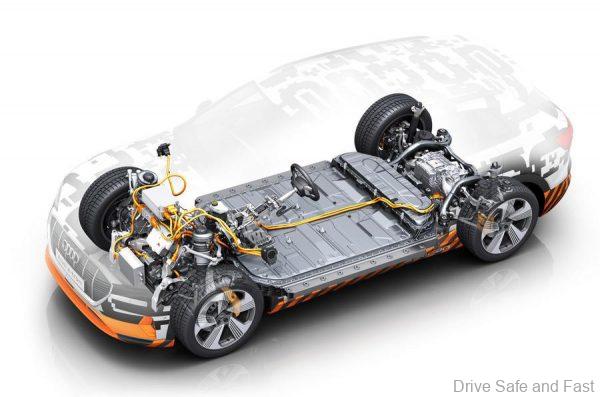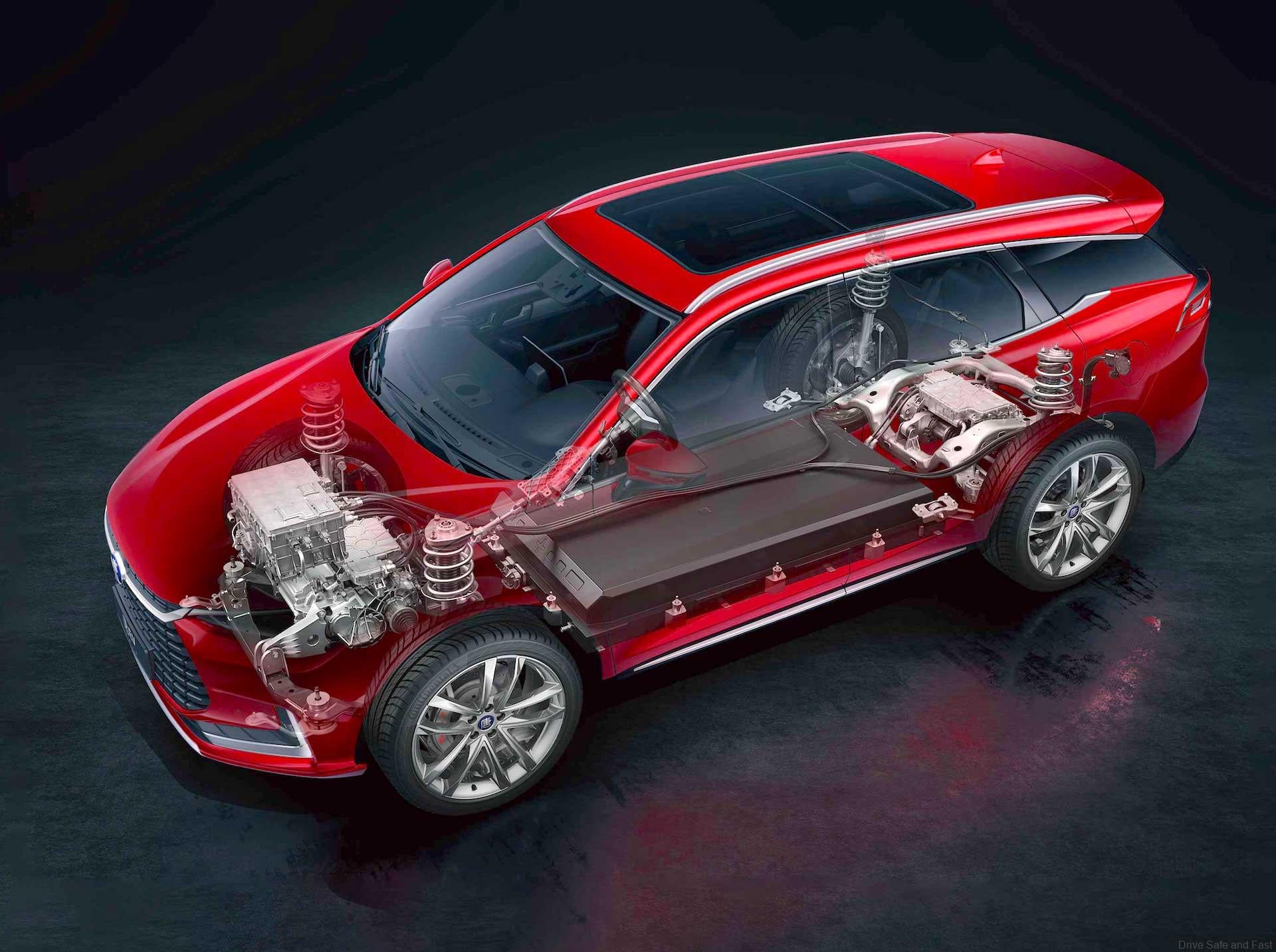Price of the battery for electric vehicles looks set to rise in 2022.
Just a week ago all the global business news channels reported on the sharp RISE in the price of lithium which is the primary raw material for batteries used to power electric cars, smartphones, laptops and more.
The price of batteries for electric vehicles looks set to rise in 2022 following a decade of sharp decline as supplies of lithium and other raw materials fail to keep up with ballooning demand.
This news is not surprising at all as electric vehicle sales around the world are up an astounding 98 percent over 2020. At the moment it is estimated that there were 4-million all-electric vehicles and 2.4-million plug-in hybrids sold in 2021.

In China alone is was estimated that electric car sales surged to a high 154 percent from the year before, thanks to Tesla and BYD.
While mining companies scramble to increase production from existing facilities and develop new sources of supply, benchmark prices of lithium carbonate ended 2021 at record levels.
In China alone, the biggest battery producing country, the price was 261,500 yuan (which is just over USD41,060) a ton, more than five times higher than last January.

Other commodities used in cathodes, the most expensive part of a battery, have also been rising: The price of cobalt has doubled since last January to USD70,208 a ton, while nickel jumped 15 percent to USD20,045.
The increases are undermining the technological and efficiency gains of recent years, when automakers and battery makers have worked hard together to develop long-life, high-performance batteries while trying to reduce costs.
They also threaten to throw a wrench in the car industry’s ambitious plans for electrification just as even formerly reluctant companies like Toyota embrace targets for electric vehicle production.
According to Bloomberg NEF, global electric car sales are estimated to have reached 5.6 million vehicles in 2021 from 3.1 million in 2020, thanks to brisk sales in China. Further demand growth in 2022 will mean a lithium deficit this year as use of the material outstrips production and depletes stockpiles, according to a December report from S&P Global.
The report said that according to S&P Global Market Intelligence, supply is forecast to jump to 636,000 metric tons of lithium carbonate equivalent in 2022, up from an estimated 497,000 in 2021 but demand will jump even higher to 641,000 tons, from an estimated 504,000.
In the short term, supplies will be limited. Producers in Australia closed down mines in 2020 after a period of low prices, and as COVID-19 lingers, it has proved difficult to rehire staffers and bring production back to pre-pandemic levels.


